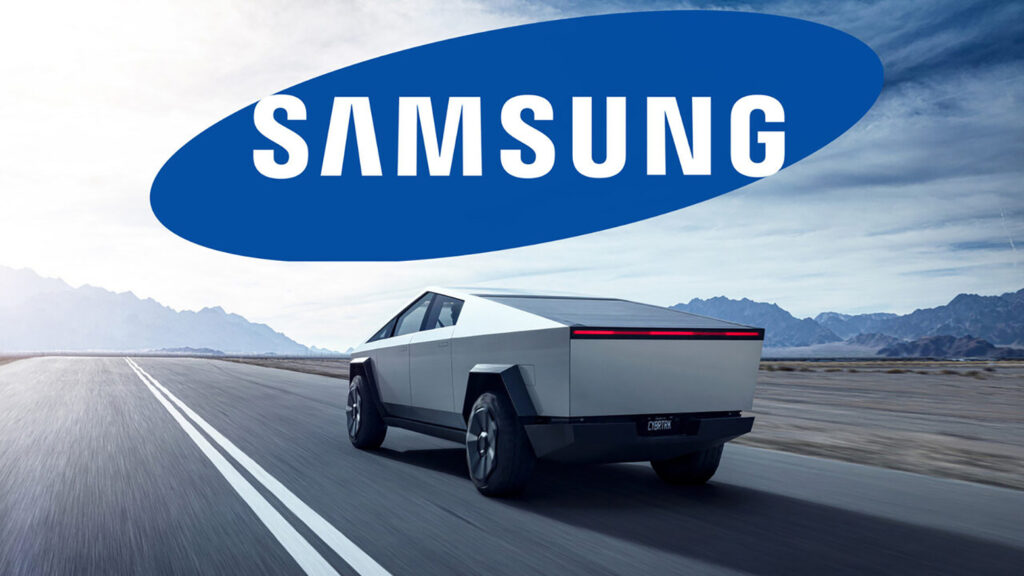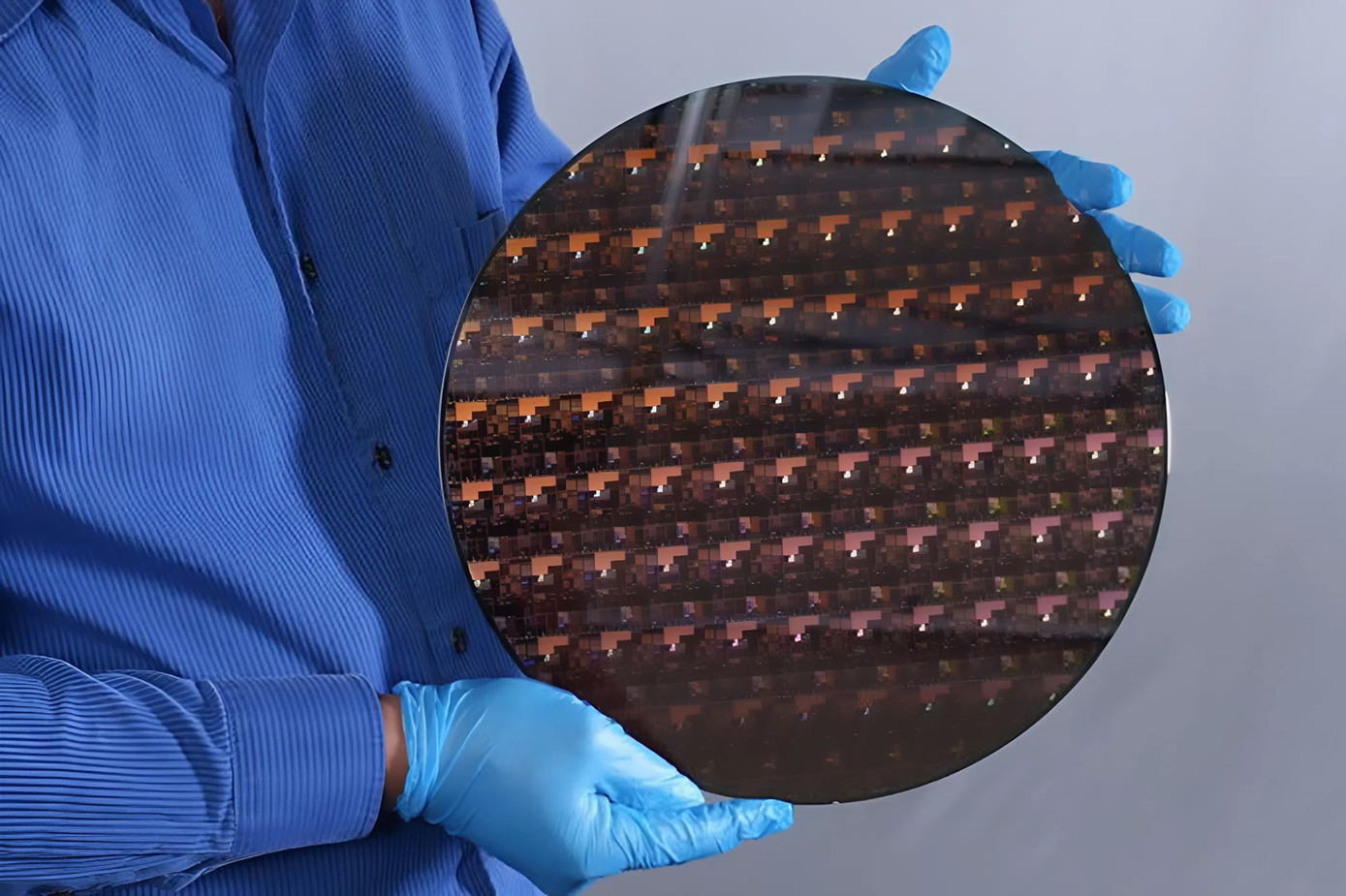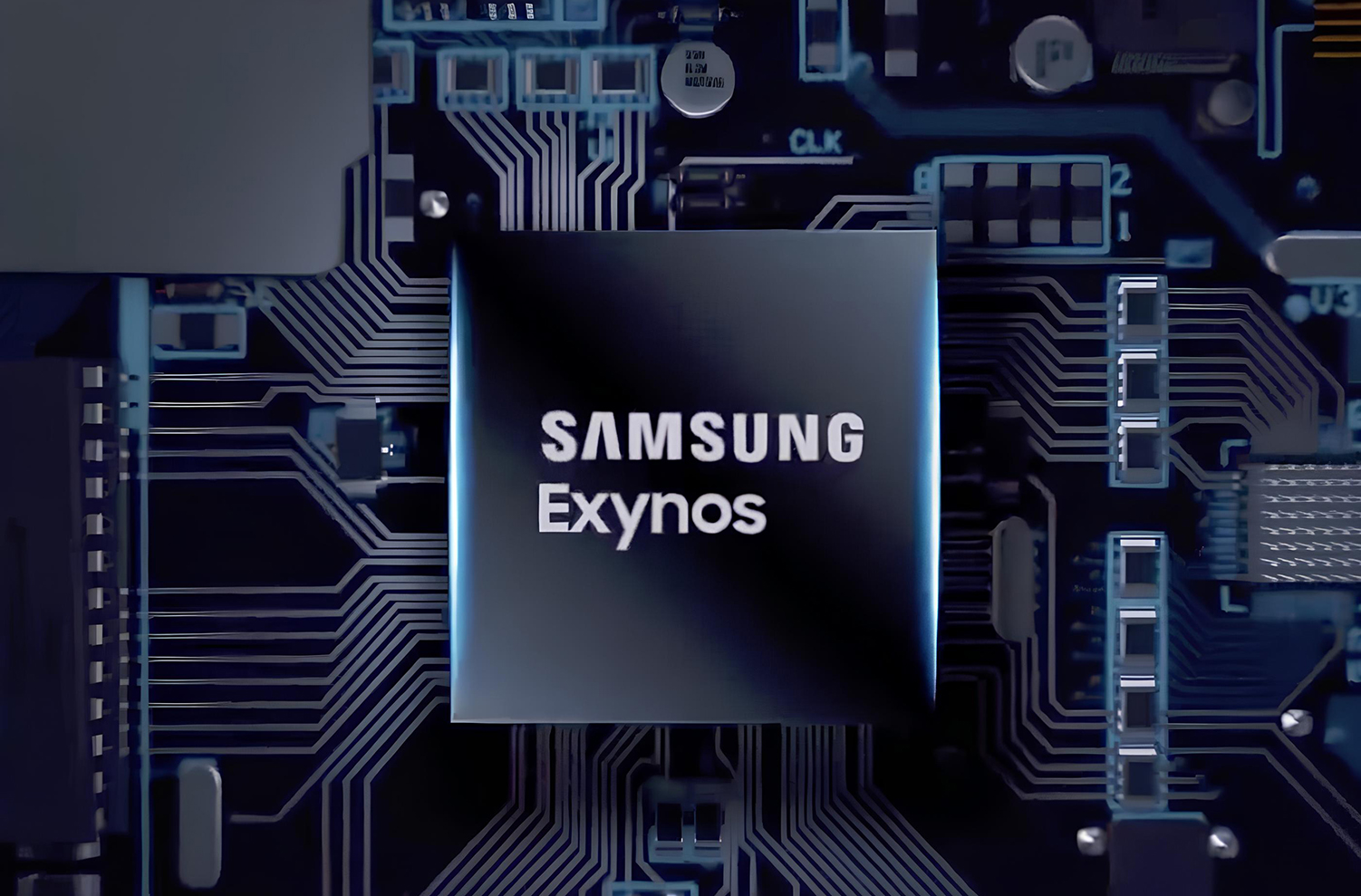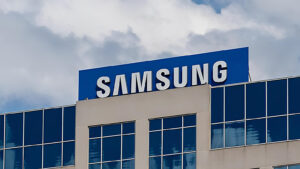Tesla’s long-awaited AI6 chip, a 2nm design that is being produced by Samsung, is said to initially allocate its application to the next-generation Optimus humanoid robots and Dojo Full Self-Driving (FSD) supercomputer clusters, instead of deploying immediately to Tesla cars. This information is according to a report by Korean publication ETNews, despite the existence of a multi-billion dollar contract between Tesla and Samsung for the production of the chip.
Although mass production of the AI6 is expected to start in 2028, with peak production to occur between 2029 and 2032, this preliminary allocation to non-automotive use gives a new twist to Tesla’s silicon roadmap and partnership with Samsung. The choice underscores the company’s twin emphasis on robotics and high-end AI infrastructure as prime targets of its revolutionary chip technology.
AI6’s Strategic Deployment and Timeline
Tesla has reached an agreement with Samsung on a tens of billions of dollars deal for the AI6 chip. According to industry analysts, the 2nm AI6 chip is expected to go into large-scale production in 2028, with its peak production period expected to last from 2029 to 2032. Samsung has already started planning for the production of the AI6 chip, according to ETNews. But early design and production emphasis seems to be mainly focused on powering Tesla’s future Optimus humanoid robots and its advanced Dojo FSD supercomputer clusters, not on directly going into Tesla vehicles right from the get-go.
This reported focus adds a wrinkle to earlier comments from Elon Musk, who had said in a prior quarterly conference call that Tesla plans to utilize the same AI6 chip in all products needing it, spanning cars, robots, and the sprawling Dojo computer vision endeavors. Musk had also said previously that Tesla Auto would start incorporating next-generation autonomous driving hardware toward the end of 2026, powered by the AI5 chip, whose capabilities were so far ahead they could potentially run afoul of the US government’s export controls on AI computing prowess.
Reasons Behind Tesla’s Decision and Samsung’s Benefits
Tesla’s choice to go with Samsung for the AI6 chip is most probably based on cost-effectiveness and production capacity considerations. Since Tesla is not one of TSMC’s core customers, a dominant chip maker, going with Samsung may translate to better terms and a dedicated production line. In addition, Samsung is said to be letting Tesla actively co-develop the AI6 chip, offering a more profound level of cooperation. Elon Musk himself has made plans to visit the production line at Samsung’s Taylor factory in Texas personally, looking for ways to optimize and reduce costs.
For Samsung, this multi-billion dollar deal is certainly a big boost to its foundry business. The company’s own Exynos chips have traditionally been fraught with issues, sometimes underperforming Qualcomm’s Snapdragon series (which are usually manufactured by TSMC) because of thermal management problems. This high-profile deal with Tesla could greatly enhance Samsung’s reputation in cutting-edge chip manufacturing. Although Samsung has previously struggled with the yield rates of its 2nm GAA production process, it has been reported to have improved from low beginnings to about 40%.
The company hopes to achieve a yield rate of 60% or higher at the Taylor factory after new equipment is installed next year. Even if early production for Tesla involves costs or losses for Samsung due to yield issues, this order is still regarded as valuable, as it importantly helps to dispute TSMC’s leading position in contemporary chip production processes, opening opportunities for Samsung in the highly competitive advanced chip manufacturing industry.
Source: ITHome


 Erencan Yılmaz
Erencan Yılmaz



